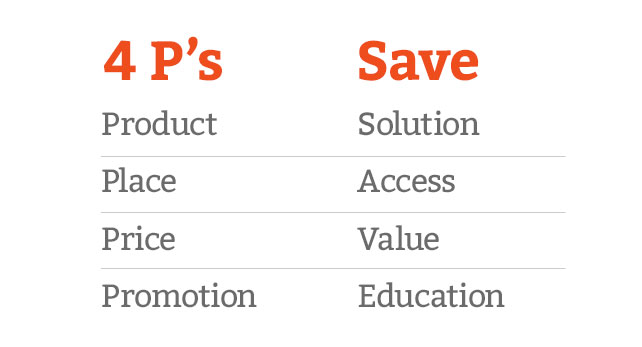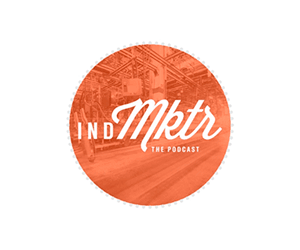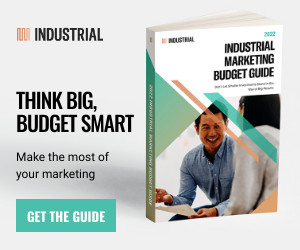In many ways the complex and lengthy “purchasing journey” in industrial marketing revolves around a simple question: “What keeps you awake at night?” Maybe it’s a pain point on the shop floor or a manufacturing client’s requirement as part of a contract renewal or a new job. Maybe it’s uncertainty over how long the COVID-19 pandemic will disrupt the economy. The subsequent journey to solve that issue or create that opportunity begins with an internet search.
Yet industrial marketers still make a significant marketing investment in trade shows, despite conceding that the effectiveness of trade show lead generation is declining. The legacy approach of putting products in front of prospects has also declined because customers have changed their buying behavior. They are searching for solutions, and they have been for years. So why have industrial marketers struggled to position their companies for this change in paradigm?
The Harvard Business Review pretty much nailed this seven years ago in their landmark article about a B2B study that said companies should be more customer focused than product focused:
“Companies with an engineering or technology focus often find it difficult to move beyond thinking in terms of ‘technologically superior’ products and services to take a customer-centric perspective instead.”
The study authors also discussed how the 4 P’s model undercuts industrial marketing in three ways:
- It leads their marketing and sales teams to stress product technology and quality even though these are no longer differentiators but are simply the cost of entry.
- It under emphasizes the need to build a robust case for the superior value of their solutions.
- It distracts them from leveraging their advantage as a trusted source of diagnostics, advice, and problem solving.
The HBR study offered up the SAVE model to replace the decades old 4 P’s approach. A review of their model, which industrial marketers should take to heart:

Solutions
You are not selling a commodity, you are providing solutions. Define your offerings by needs, not features, function or technological superiority. How does that latest incremental tech innovation help the customer add a new feature, reduce costs, or get the product to market faster?
Access
This might be the toughest concept for companies with an engineering or technology focus to grasp. Emphasizing purchase channels and locations won’t cut it. There is no one message to convey or platform to utilize that will reach all of the right audiences.
Industrial marketers would be wise to develop multiple channels to reach as many customer touch points as possible. How many customer personas are involved in buying your products and services? The C-suite, engineers, purchasing managers. Anybody else? Are you reaching all of them? At the right times?
Value
Yesterday’s differentiator may be today’s cost of entry. Focus on the benefits relative to price rather than how price relates to production costs, margins or competitors’ prices. For example, flexibility is greatly valued in high-mix, low-volume manufacturing shops.
Education
This can be another challenge to the engineering-centric culture of industrial marketing. Customers have specific needs at each point in the lengthy purchase cycle. Leverage that by providing information relevant to each buyer persona at the corresponding point in the cycle. Educating your customer provides value and also positions your company as an expert or even trusted advisor.
Legacy selling approaches may work with long-time relationships, but like trade shows, they don’t generate the sales leads they used to.
Roadmap to SAVE Your Industrial Marketing
HBR’s advice still holds true today for industrial marketers. To recap using their roadmap, here are three requirements for successfully making the shift from 4 P’s thinking to SAVE:
- Encourage a solutions mindset throughout the organization, which can be difficult for companies that pride themselves on their technically-superior engineering.
- Design your industrial marketing team to reflect and reinforce a customer-centric focus.
- Create collaboration between sales, marketing, and the development and delivery teams to ensure that functional boundaries within the organization do not determine the company’s solutions.
Smart factories and Industry 4.0 are accelerating the pace of new solutions in the marketplace. Soon the SAVE approach to marketing will also be a table stake. Do you have your seat at the table?




